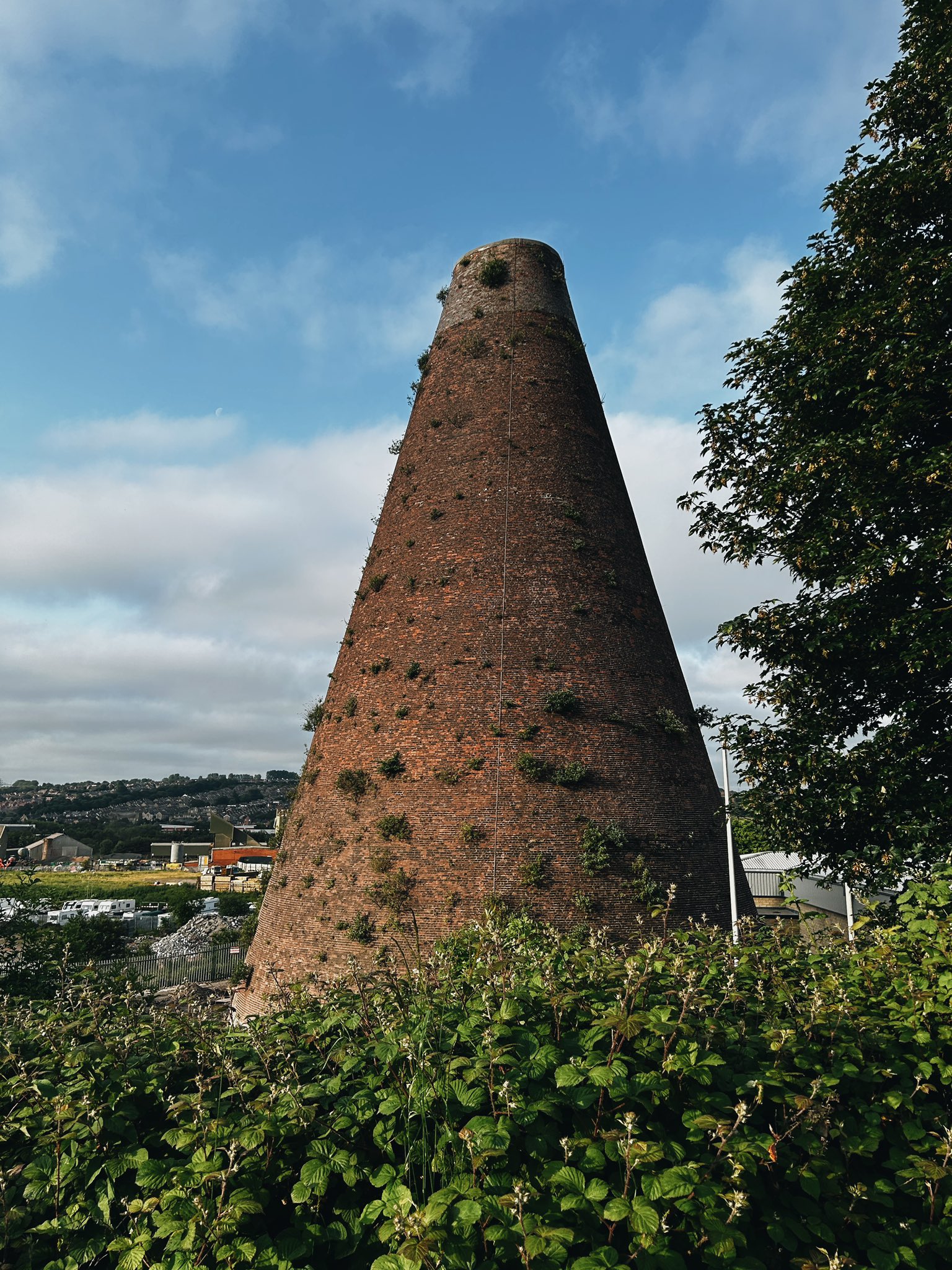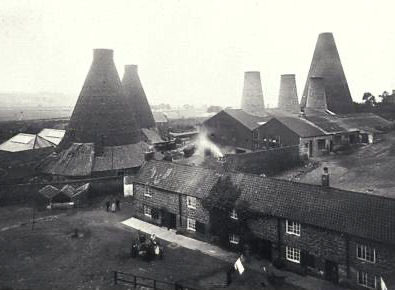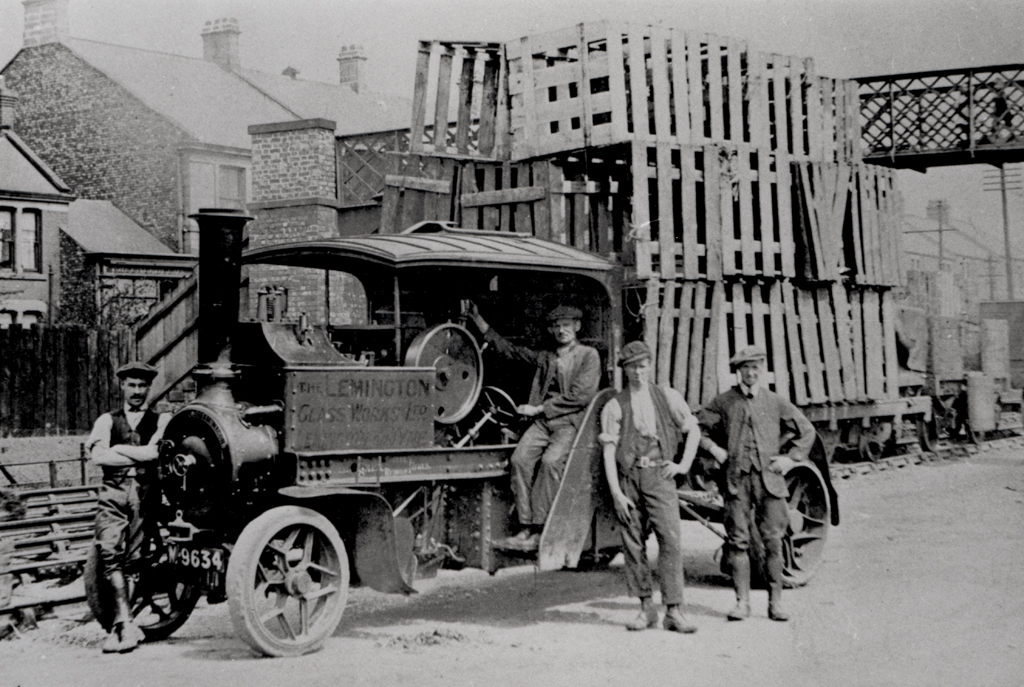
Lemington, Newcastle
Lemington Glass Works
Last Updated:
27 Jun 2023
Lemington, Newcastle
This is a
Glass Works
54.975433, -1.714687
Founded in
Current status is
Partly Preserved
Designer (if known):

Grade II* listed
Glass was produced at this site in Lemington from the 1780s. The land was leased from the Duke of Northumberland by a group of businessmen who formed the Northumberland Glass Company in 1787.
Originally, the glass produced here for primarily for construction. Flat glass as it is called is primarily used for windows, and would have been sold to factories and properties. The collieries and associated waggonway and staiths made Lemington an ideal location as coal could be easily transported to the site as part of production. Sand, alkali and clay was also transported here. This was a huge pull factor for many industries in this era.
The Northumberland Glass Company continued until 1837. At this point 3 of the glass cones were demolished, leaving only the large cone we see today. It was later owned by Joseph Lamb & Co, though the industry was experiencing a slump during the next few decades. Operations were further reduced.
Full scale operations commenced again in the 1890s, when the well known Sowerby firm took over the site. George Sowerby was a partner in the New Stourbridge Glass Works, and his sons expanded their stake in the industry opening a works on Coulthards Lane in Gateshead. By 1882 they employed 1000 people, making it one of the largest glass works in the world with their populator decorative pressed glass. Their clear success led to expansion at Lemington.
The tale didn't continue to be prosperous though - It was again a concern in 1906, and the Duke of Northumerland sold the site to GEC who expanded the works for light bulbs and tubes.
The only remnant of the works is the large glasshouse, made of bond brick. It's the last on the Tyne and one of the four left in the country. It's looking a bit forlorn these days, but was recently purchase as part of the wider site by the Mardale Group. It is said in June 2023 they will be repointing the brickwork (credit to John Ideson and @jampacker for sharing this information).
The last time it was repointed was in 1993, by English Heritage and Newcastle City Council. The cone is listed.
Listing Description (if available)


Both maps above illustrate the Lemington Glass Works site from the 1850s to the 1890s. The resolution of the maps construe the density of the site, but they retained a similar complexion through the decades. Interestingly in the 1850s there were a line of coke ovens near the site which presumably supported the production process which had been demolished by the 1890s. There were also a number of dwellings for workers which were still in situ decades later.
A village had essentially formed around it, with a number of public houses and a school built around the site. This includes the Doctor Syntax pub - named after a popular Victorian character who toured Britain with plenty of blunders along the way.

The 1921 map shows the glass works still connected to the Lemington Waggonway. Various other industries had claimed land around it by this time, including the recently demolished Newcastle Power Station. Newcastle's urban sprawl is also evident in this map.

The cone in 2023. It is due to be repointed and hopefully preserved for decades to come.

The glass works and surrounding cottages in an undated shot. Source: Newcastle Libraries

A Lemington Glass Works steam wagon in the 1920s. The railway and iron truss railway bridge may be situated near Tyne View, just north of the works.
